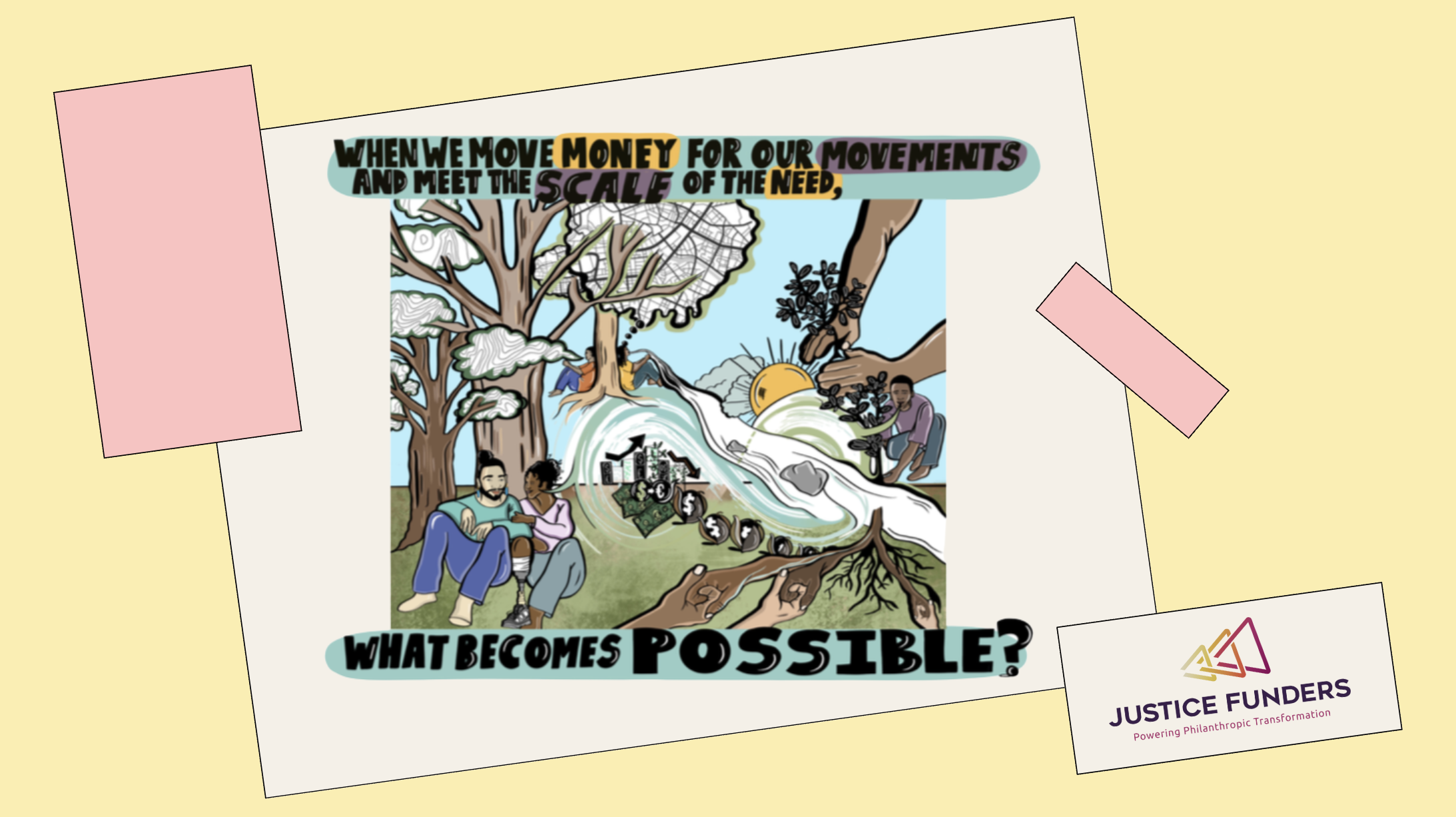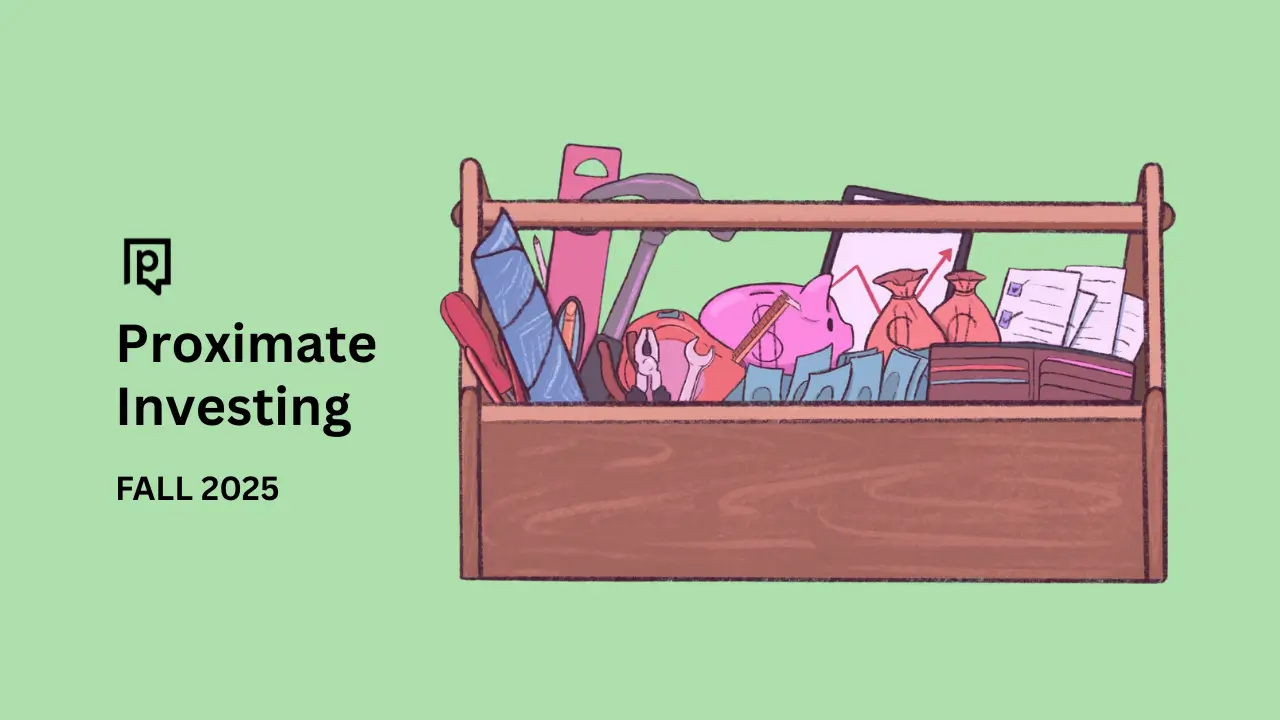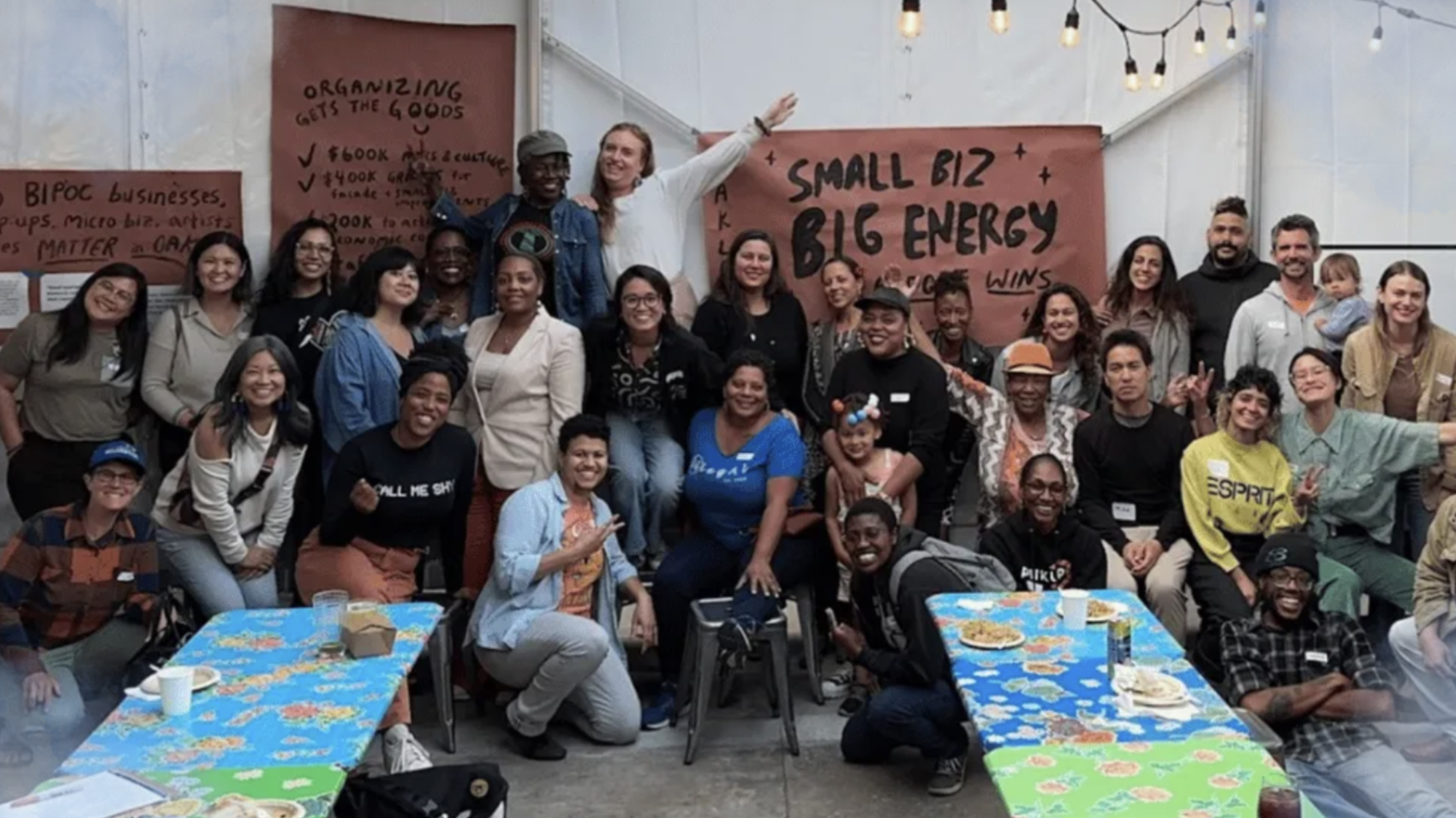What do Open Road Impact, Oweesta Corporation, and Community Credit Lab have in common?
They are the only three impact funds to appear on 2025’s lists of the Transformative 25 (T25) and ImpactAssets 50 (IA50).
The T25 and IA50 are two of several prominent lists that have emerged in recent years to highlight leading impact investors. They reflect a growing appetite for recognizing and celebrating innovation in the impact investing space. And while the ranking approaches differ, they are not in conflict with one another; rather, they neatly illustrate the field’s growing, messy spectrum from traditional to transformative.
For those in the impact investing field, this is a familiar challenge. The very definition of “impact” is often as broad or as nuanced as the person defining it wants it to be. The T25, according to curator Jennifer Astone, is intended to specifically highlight impact funds that are returns-agnostic (“we have VC funds on the list as well as reparative capital funds that give 80% back”) but explicit in their commitment to opening up opportunities for communities that do not have access to capital.
In contrast, the mandate for the IA50, which has been publishing its list for 14 years, is intentionally broader “to illustrate the breadth of impact fund managers operating today.” IA50’s application process and selection criteria are more aligned with larger funds with robust impact measurement practices, as well as the bandwidth to apply for consideration.
The three funds that fall in the middle of this impact venn diagram share some similarities – they are all more established, and have shown real traction and ability to interact smoothly with elements of the dominant financial system. Exploring their background is an interesting exercise in learning about the evolution of community-controlled capital.
Exploring the venn diagram
“We’re always happy when there’s overlap, and it’s not that surprising when there is,” said Astone, the principal at Integrated Capital Strategies who oversees the production of the T25 list.
Astone first curated the first T25 five years ago as a guide for philanthropic funders who wanted to invest in economic justice. “It’s a confusing world if you definitely want [to invest in] impact-first funds, and I can see how for people new to the space, it’s hard to separate what is really impact-first and community rooted.”
Astone shared that funds on the list selected by a 25-person committee using five selection criteria to score applications: social, relational, and ecological returns; ownership and governance; integrated capital; creative finance; and transformative mission & diverse team. Funds that make the T25 must have “positive scores” in at least 4 of the 5 criteria.
The three funds that sit on both the T25 and IA50 lists share some traits. Oweesta Corporation is the longest-standing Native CDFI intermediary, established in 1999 to facilitate lending to indigenous communities throughout the country. They were in the first wave of CDFIs to form after Congress created the mechanism in 1994, and they now have a mission to facilitate the lending of half a billion dollars to Indian country by 2030.
Meanwhile, Open Road Impact began in 2012 with a specialized focus – offering bridge loans to impact-focused organizations. Earlier this year, they closed their most recent fund and pivoted to non-profit status with a mandate to “unstick capital for impact.”
And Community Credit Lab, founded in 2019 and acquired by Common Future in 2022, works with “community-rooted organizations” to design or invest in loan funds that facilitate access to affordable credit where the existing system is inefficient.
The lending model employed by these three funds have been vetted and de-risked. Many of the other T25 funds are newer – nearly half fall in the category of "emerging" – but these more established funds offer a sense of what an expanded and mainstreamed solidarity economy ecosystem could look like.

Astone shared that the decision-making process for T25 is now driven by what a “network of allies”. As a newer and smaller list, with a more targeted lens, T25 applicants tend to see the opportunity as a gateway into a community.
“T25 is supposed to be illustrative, not exhaustive - focused on funds that are transforming finance for the new economy that we want,” she said. “And an unintended but important consequence is the community created among the funds. They’re not competitive with each other – they learn from each other.”
Wherefore impact investing?
Digging into these lists surfaced some larger questions for me. When I explain “impact investing” to friends and family who don’t work in finance-adjacent fields, something along the lines of “it’s when you invest with the goal of making a positive impact on society and the environment, not just making more money” gets the job done.
On technical webinars or at annual industry confabs like SOCAP, where I have spent a fair amount of time over the last decade, the many shades of gray are rightly out in force: who defines impact? Is it impact only if it’s measurable – and if so, how do we measure it? How much of a distinction should we make between impact investing that seeks market-rate returns and impact investing that can accept capital preservation or even a loss as long as the impact goals are achieved?
All of these discussions are valid and important. But these discussions don’t challenge the basic framing of impact investing as a form of philanthropy that offers a potential return. And there is an emerging school of thought that says such a framing is far too limiting. If we think in terms of systems change, the funds looking beyond traditional financing become the more interesting bellweathers – particularly if, like the three overlaps, they attract interest from broader industry bodies as well as the more activist-minded T25.

%20(1280%20x%20720%20px)%20(2).webp)





%20(1280%20x%20720%20px)%20(46).png)



.webp)
%20(1280%20x%20720%20px)%20(3).webp)


%20(1280%20x%20720%20px)%20(39).png)
%20(1280%20x%20720%20px).webp)




%20(1280%20x%20720%20px)%20(40).png)


.webp)
.webp)

